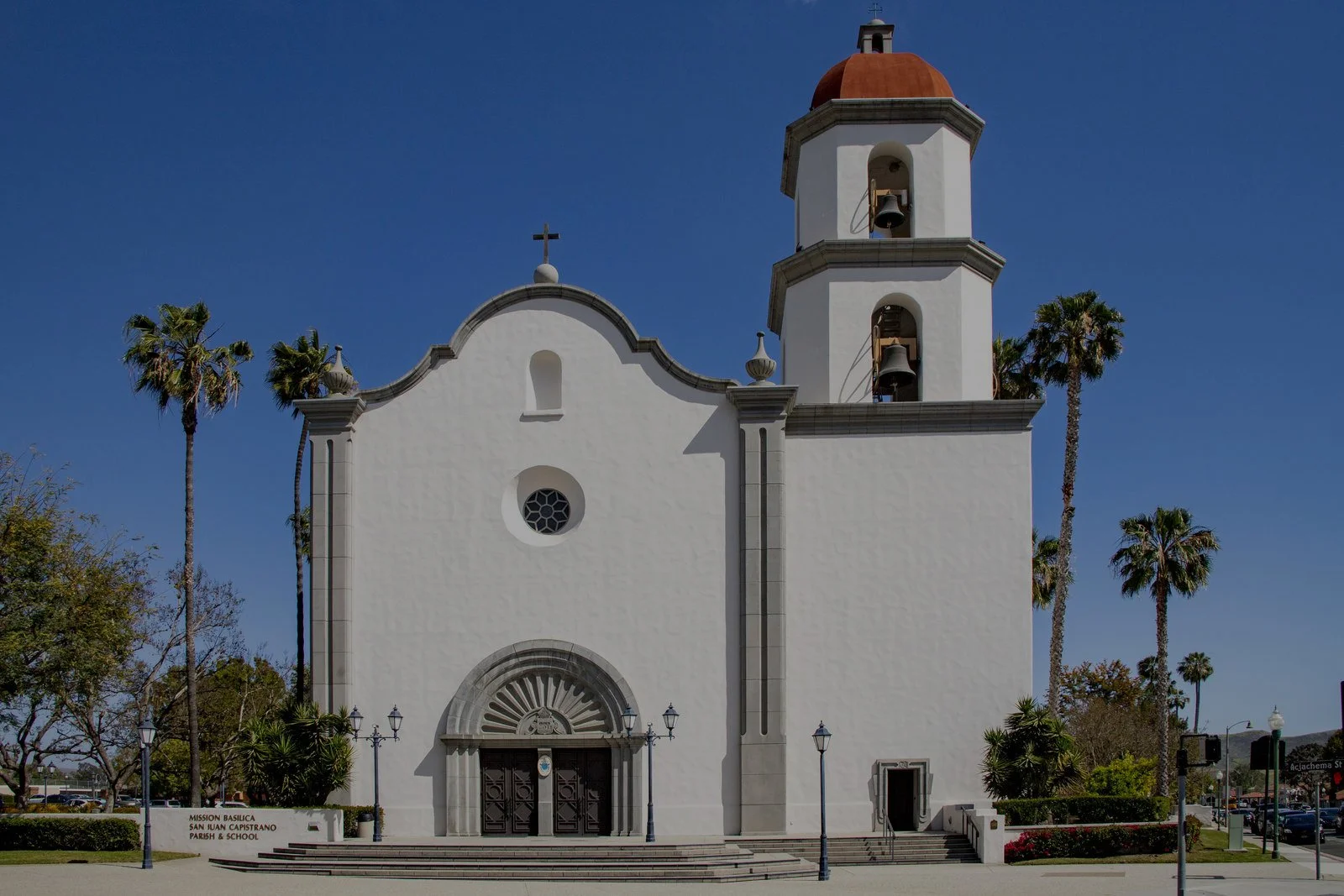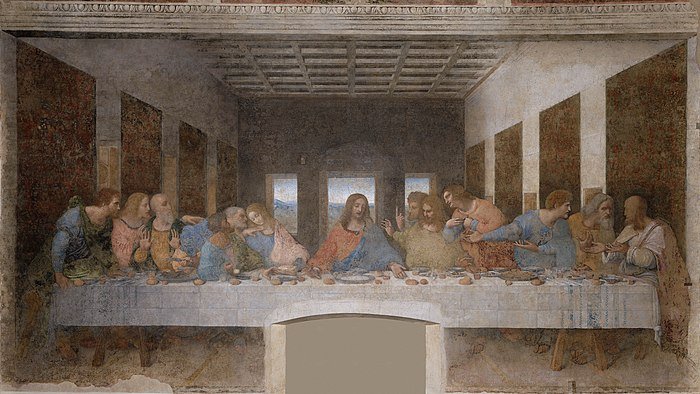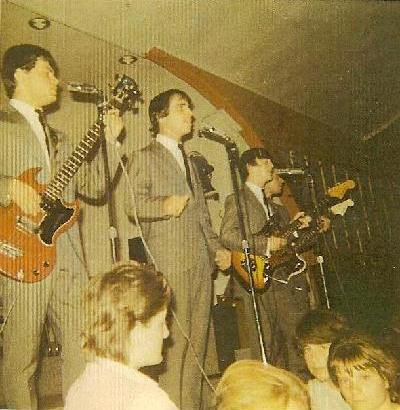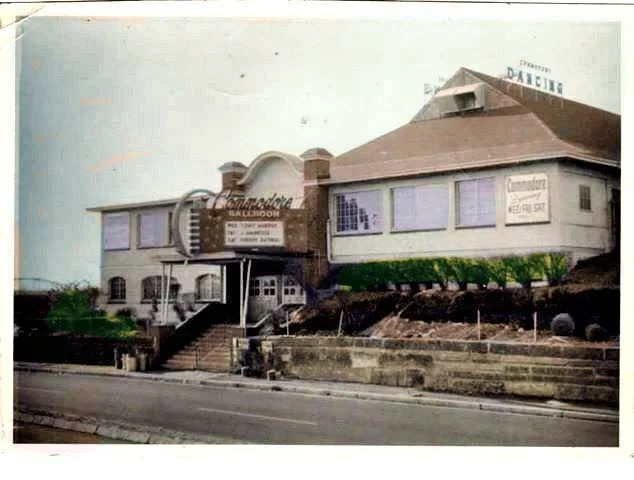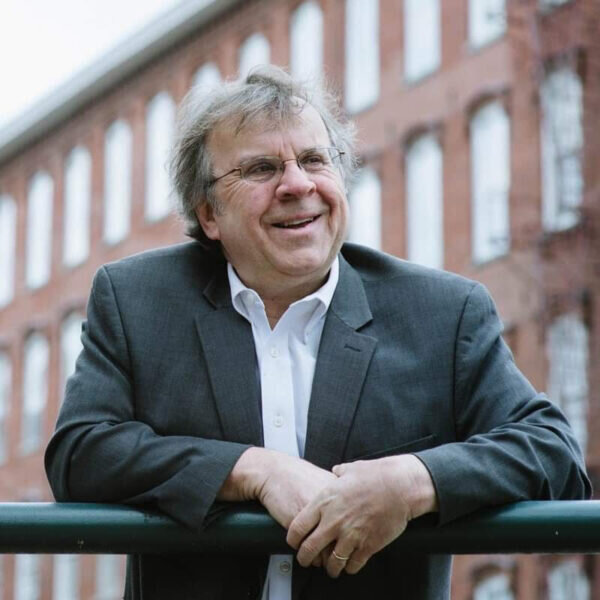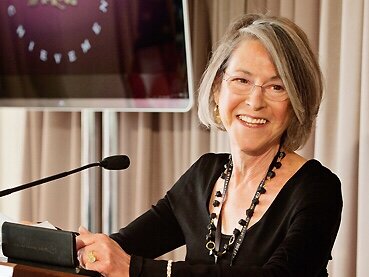Cut From American Cloth
By Paul Marion
IN THE MIDDLE of the nineteenth century, workers in the red-brick mills of Lowell, Massachusetts, each year produced enough cotton cloth to wrap the world. More importantly, the city known for manufacturing textiles produced the stuff of America itself: ideas and merchandise, entrepreneurs and generals, politicians and artists, religious leaders and labor champions, sports heroes and movie stars, inventors and criminals, and a multitude of citizens from the immigrants, refugees, and migrants who crowded its streets.
To understand America, a good place to start is where you are. In my case, it is Meetinghouse Hill, the rise on the far side of the twenty-two acre South Common opposite my house. City leaders set aside the land for the public good in 1845. With my wife and son, I live at 44 Highland Street in Lowell. In 1880, my great-great grandfather Marion trekked from Canada to find work in this burgeoning northeast Massachusetts mill city, and I was born in a neighborhood across the river nine years after my father returned from World War II. Like my father’s people, my mother’s ancestors traveled the Normandy-Quebec-Lowell route. My wife’s heritage is Irish on both sides, with Lowell roots winding back to the 1870s. Our son is named for the original Marion in Lowell, a carpenter, and her grandfather, a longtime jeweler in the city—all Josephs.
Built in 1860s, my family’s house was once owned by the Appleton Manufacturing Company, which was formed in 1828, five years after the first mill began producing cloth in Lowell. The Appleton’s managers who lived in the house through the late nineteenth century could see the tops of their factories from the second-floor windows. Our house was bought in the 1930s by my wife Rosemary’s grandparents, the jeweler Joseph Foley and his wife, Gertrude O’Neill Foley. Joe Foley’s mother scrubbed floors and washed dishes in the mansion at 42–44 Highland Street not long after she emigrated from Ireland. Imagine the satisfaction and sense of class revenge in Joe’s heart as he signed the purchase papers.
On special occasions, when we sit for dinner in our elaborately detailed front room, I picture a scene in Doctor Zhivago, the one in which the poet-physician returns to Moscow from his forced service with fighters in the hinterlands only to see that the Bolsheviks have confiscated his family’s house. When he looks up at the scruffy crowd hanging over the upstairs banister and asks what is going on, one of the comrades tells him the arrangement is “more just.” In the moment all he can do is agree. “Yes, more just.”
From my bedroom window, I look across the Common to the red-brick Eliot Presbyterian Church atop Meetinghouse Hill. In 1930, the Massachusetts Bay Colony Tercentenary Commission installed a bronze plaque near the church, marking the location of Reverend John Eliot’s log cabin chapel in 1648. Adventurer Simon Willard, who had clashed with local peoples since arriving in the colony, built the cabin to use as a frontier court—it was the first structure built by Anglo settlers in the place that became Lowell.
A graduate of Jesus College of Cambridge, Eliot started out as a school assistant in Chelmsford, England. After converting to Puritanism, he fled to Massachusetts in 1631 to avoid persecution. Eliot was the first Christian preacher to journey from Boston to the village of Wamesit, named for its tribe, at the confluence of the Merrimack and Concord rivers. Beginning with a first trip to the northwest woods in 1647, Eliot often traveled with Major General Daniel Gookin, Superintendent of Indians in the colony, who “saved Eliot’s neck more than once,” wrote Rev. David Malone, former pastor of the Eliot Church.
In 1653, colonial officials designated the broad wedge of land bounded by the Concord and Merrimack for the Pennacook peoples—to be their property. Everything around them had already been signed away by Passaconaway, leader of the local tribes who has come down to us through European accounts as a shaman who could set water aflame, generate a live snake by rubbing its shed skin in his hands, and make trees vibrate. Passaconaway deeded to the English a vast tract of land between present-day Newburyport, Massachusetts, and the Merrimack River. Fifteen years later, he committed his people to the governance of the Bay Colony. His strategy of accommodation hardly satisfied the settlers’ appetite for land and control. By 1660, English settlers had moved deep into the interior, and all evidence suggested more of them were coming. Passaconaway gathered his people for a farewell address—the substance of which was reported by an English observer with partial understanding of Algonkian. “I am going the way of all the earth,” the sachem began.
“I am ready to die and not likely to see you met together anymore. . . . Take heed how you quarrel with the English. Hearken to the last words of your father and your friend. The white men are the sons of the morning. The Great Spirit is their father. . . . Never make war with them. Sure as you light the fires, the breath of heaven will turn the flame upon you and destroy you . . . .”
According to legend, Passaconaway withdrew to the northern mountains and some years later was swept into the sky in a huge maple sleigh drawn by flying gray wolves.
The area to the right of my house steps down to the western bank of the Concord and until recent times was called Wamesit Hill, though the only Native American in sight now is the one positioned at the center of the state emblem that appears on the Tercentenary plaque on Meetinghouse Hill and on the flag of the Commonwealth of Massachusetts displayed outside the Superior Court House nearby and at the Gallagher Transportation Center a block away.
In the early winter of 1943, twenty-year-old Jack Kerouac had a night job parking cars at the Hotel Garage on Middlesex Street, on the back slope of Meetinghouse Hill. He was in sight of a handsome brownstone train depot, since demolished, a short way up the tracks from Gallagher terminal. Long before he composed his signature “October in the Railroad Earth,” he sketched the local scene during down time in the garage office, itself now gone:
“One night, returning from work in the casual, squalid atmosphere of railroad yards, warehouses, switch towers, idle boxcars, and one lonely little lunch cart across the tracks, as I was approaching the rail crossing near the old depot that we have in my home town, I had to lean against a sagging fence (black with soot-years) for fully ten minutes while a mighty locomotive went by freighting ninety-six cars: coal cars, oil tanks, wooden boxcars, all types of commercial rolling stock. While I loafed there with a cigarette, watching each car rumble past and checking the cargoes, a thought came to me with swift and lucid impact, with the same jolt of common sense and disbelief in the scantiness of my own intelligence that I had felt when first I understood the working of a mathematic equation. ‘Why,’ I asked myself, ‘does not this rich cargo, these cars, that terrific locomotive belong to me? . . . and to my fellow men? . . . Why are they not, like my trousers, my property? Who covets these great things so that myself and my fellow men are not heir to their full use?’ Then I asked myself, ‘Are we not all men living alone on a single earth?’”
The morning freight train slides behind the long red flank of a former patent medicine lab and continues past the terminal while passengers wait for the 9:07 a.m. run to Boston. Copper flashing gleams on the adjacent roof of gray granite Keith Academy, once the turreted city jail and since renovated into upscale apartments. The boxcars are blocks of American place. Appalachicola, Port St. Joe Route, Soo Line, Maine Central, Rio Grande, Milwaukee, Santa Fe, Illinois Terminal, Penn Central, Southern Pacific, Bangor and Aroostook, Atlantic and Western, Boston and Maine—national freight, movable goods, raw material, made things—the weight that spreads cross country. Everything seems to come through Lowell. Burlington Northern, Springfield Terminal, Canadian Pacific.
What happened to the Canadian Sausage Company of Lowell? The red-and-white trucks scooted around the city, delivering fresh meats to grocers and butchers. Like the freight cars of place, the sausage trucks stood for the French-Canadian presence. If you were French Canadian, you noticed when the truck passed by. You saw that word “Canadian.” It was like seeing maple leaf cookie packages in the crackers-and-cookies aisle at the market. And it made you think of grandparents, who served plates of maple leaf cookies and offered Christmastime gift boxes of painfully sweet, grainy, creamy maple candies.
On a siding just north of the station, there’s a scrap train—ground-up fenders and stoves and corroded pipes en route to the smelter, the chopped ham of American industry. In the rail yard, freight-car murals in graffiti code, the blocky colored letters like harsh plastic alphabet-magnets on a refrigerator door.
Next to the train station stands the ugly mill building on Thorndike Street that you cannot miss, if you listen to local cable tv commercials from Comfort Furniture. The wavy wooden floors of the four-story complex creak and squeak when customers wind through aisles between the tons of sofas, recliners, dining room sets, lamps of all types, coffee tables, bunk beds with matching desks, and assembly-required home entertainment center shelf units. There is only a hint of the patent medicine production plant that thrived in this factory. Running sideways up the tapered brick chimney is the word “Hood’s,” for C.I. Hood & Company, one of the city’s two massive patent medicine operations of the nineteenth century. Cartons of vegetable pills, tooth powder, olive ointment, and syrups promising cures for everything from rheumatism to syphilis filled the loading dock. When it was built in 1893, the Hood laboratory was the world’s largest medicine manufacturing building. Charles Hood’s specialty was a bottled syrup called Sarsaparilla, which promised to “cure neuralgia pains.”
Lowell’s patent medicine firms helped shape the future of not only entrepreneurship, but also mass advertising in this country. Pill-making and bottling plants were combined with on-site printing shops. Hood’s main competitor in Lowell was J.C. Ayer and Company, which, at its height around 1900, published promotional literature, especially American Almanac, in various languages around the world—15 million copies. Master salesman Ayer showered emperors, pashas, and even the Czar of Russia with fancy cartons of his Cherry Pectoral respiratory elixir. The medicine industry picked up some of the business slack when textile manufacturing sagged. One of its lasting effects is that people in this region still ask for a “tonic” when ordering a soft drink. Outside the office, on the second floor of Comfort Furniture, the owners have a display of colorized postcards, a “Sarsaparilla Rainy Day Puzzle,” and crinkled photographs from the Hood firm.
For the first 17 years that I lived on Highland Street, every weekday at 3 p.m. during the school year a dozen or more yellow buses pulled into the semi-oval driveway in front of the Rogers Middle School that faces my house. The school was a microcosm of New Lowell, with Cambodian Americans making up more than half the building’s population—the rest were Portuguese-American kids from long-settled families around St. Anthony’s parish in the Back Central section and newcomers from Brazil, Cameroon, and Guatemala, along with the third-, fourth-, fifth-, or sixth-generation Lithuanian-, Greek-, French Canadian-, and Irish-American youngsters. The descendants of the native peoples and early English colonists are as scarce as heirloom species in the flower boxes under the windows on Elm Street a block away. In the school lobby students with newcomer DNA could read about Edith Nourse Rogers, who still holds the record as the woman who served longest without interruption in the U.S. House of Representatives (1925 – 1960). The Great Recession of 2008-09 claimed the Rogers as City Hall budget cuts led to its closing—despite the “Rogers School Rocks” protest signs waved by kids and their parents.
“Congresswoman Rogers was a liberal and an internationalist,” writes Mary H. Blewett, longtime professor of history at the University of Massachusetts–Lowell, “typical of successful Republicans of the northeast. She voted for most of the key New Deal programs of the thirties—the Wagner Act which protected union organization, the Social Security Act of 1935, and the minimum wage law of 1938—in line with the needs of her Lowell constituents, if not with the Republican leadership.”
A Mainer by birth, Rogers married into a wealthy textile industry family in Lowell, where she had studied in a private girls’ school. She succeeded her husband, Congressman John Rogers, when he died in office. “Mrs. Rogers” became the veterans’ best friend, her experience with the military having begun with agencies serving the wounded in France during World War I. In 1939, moved by reports of abuse of German Jews, especially the brutality of Kristallnacht (the sanctioned night attack on Jews in their homes, shops, and synagogues), she and Sen. Robert F. Wagner of New York filed a refugee aid bill that would have allowed 20,000 German refugee children into the United States. President Franklin D. Roosevelt withheld his support, and despite lobbying by children’s advocates across America, the bill was defeated at the committee level. Mrs. Rogers backed laws creating a Women’s Army Auxiliary Corps in 1941 and the G.I. Bill of Rights, the latter providing a range of social, financial, and educational benefits to World War II veterans. She was 79 when she died in 1960, in the midst of a re-election campaign.
Mrs. Rogers was in the middle of a line of Republican U.S. Representatives from the Lowell area who controlled the seat from 1859 to 1974, with the exception of a single two-year term for Democrat John K. Tarbox (1875 – 1877). It took a man who grew up on Highland Street to break the Republican streak.
Sitting at a desk in his father’s dry-cleaning shop on Gorham Street in June 1968, just days after Senator Robert Kennedy was assassinated, 27-year-old Paul Tsongas wrote a letter to the editor of the Lowell Sun:
“I read with dismay your editorial attacking foreign reaction to the tragedy of Robert Kennedy. Your advice for them to ‘keep their stupid mouth shut’ is not the kind of reasoned awareness for which these times call. No one has much patience with those who allege conspiracy in the murders of President Kennedy, Medgar Evers, Martin Luther King, Robert Kennedy, and whoever should follow them. Certainly, many foreign capitals wish us ill and will resort to misrepresentations. This however should not obscure the fact that the world beyond our borders, including our closest friends, stands horrified at our shoot-em-up mentality.
“I was in a small village in Ethiopia with the Peace Corps when President Kennedy was slain. My grief and agony were shared by the Ethiopians among whom I lived. They shed tears over the senseless death of such a ‘Tru Sew’ (good man). They felt that he belonged to the world and the promise of a brotherhood, and his death did indeed diminish us all. This was at the time when Time magazine would arrive with graphic pictures of Bull Conner and his dogs brutalizing Southern blacks. We did what we could to defend America. It became very difficult when four of my Ethiopian students came to the United States and received the stinging backlash of racism. They returned to Ethiopia forever disillusioned with a nation that professes to believe that ‘all men are created equal.’”
The next year he won a seat on the Lowell City Council and set out on his own “journey of purpose,” to quote the title of a book of his speeches and essays.
He and his fellow Democratic members of the “Watergate Class” dominated the 1974 election and took office the following January with a mandate to reform the government. The son of a Harvard-educated small-businessman, Tsongas was raised in a large white house on the corner of Highland and Thorndike streets. He caught the public service fever from President John F. Kennedy and, ultimately, as a former U.S. Senator challenged Arkansas Governor Bill Clinton one-on-one in the 1992 presidential primaries, winning New Hampshire and eight more state contests before an empty war chest forced him to withdraw. Through his Washington years he had a red-phone connection to Lowell’s City Hall and made the city’s rebirth his passion. It became an article of faith with him that one must honor the toil of past generations and respect the potential of future generations.
The reclaiming of Lowell came to symbolize that faith. Tsongas embodied the “Don’t Quit” character of Lowell that explains in part the community’s resurgence. He wrote the legislation that created Lowell National Historical Park in 1978, adding his hometown to the list that includes the Grand Canyon and Statue of Liberty. The cradle of the American Industrial Revolution would be preserved. The renaissance sparked by the park made Lowell a model of urban regeneration. In the last 13 years of his life, he was as well known for his high-profile fight against cancer. He died of pneumonia in 1997.
Places change, people enter and exit the stage—we won’t see Paul Tsongas jogging through the South Common, we won’t see Brother Gilbert who taught at Keith Academy after mentoring the young sportsman George Herman Ruth (the “Babe”) in Baltimore or Ruth Meehan who organized U.S.O. shows around the world and drove a candy apple-red coupe out of the driveway at 48 Highland.
Some buildings are lost entirely. The Commodore Ballroom, later Mr. C’s Rock Palace, once commanded the middle of Thorndike Street. The big bands and blues greats made it the favored nightspot. In the ‘60s, major acts like Paul Revere and the Raiders and local phenoms like Little John and the Sherwoods headlined on weekends. You have to find it in pictures on the web now.
Somewhere in my local travels I heard a story about Jim Morrison of the Doors arriving early for a gig at the Commodore in the fall of 1967 when “Light My Fire” was still torching the competition. He had heard Kerouac was living on Sanders Avenue, about five minutes away by car, so he got a ride over to see the 45-year-old author who by all accounts was in serious physical decline. When he got to the house, Mrs. Kerouac refused to let him in. Ragged young visitors materialized on the doorstep all the time. There would be no grand encounter of bare-chested pop poet and booze-bellied Beat Pop. Jack was sleeping.
From my front porch, I can take in the site of Simon Willard’s court at Wamesit Village and the present Superior Court of the county, where Daniel Webster argued cases and then stayed for dinner. With St. Peter Church razed, only one of Highland Street’s great gray bookends remains, the sturdy Lowell Jail that became a Catholic High School for boys—which, to some graduates, was not a substantial change of use at all. On mornings when I circle the track at the bottom of the Common’s green bowl, I scan a roster of names tied to the ridgeline of buildings—Rev. Eliot, politico Charles Gallagher, Hood the Medicine Man, theatre-magnate Keith of the Academy, and Congresswoman Rogers.
These names are entwined in history like the signature grapevines of the neighborhood, hundreds of them planted through the decades by Portuguese immigrants—green signs marking the presence of people who turn open space around their modest homes into miniature farms along the narrow, hilly ways. In the right season, waiting a minute before starting their cars for the drive to work, my neighbors, gardeners like Joe Veiga and Natalie Silva, hear the larks and the locomotive pulling toward Boston.
2012


